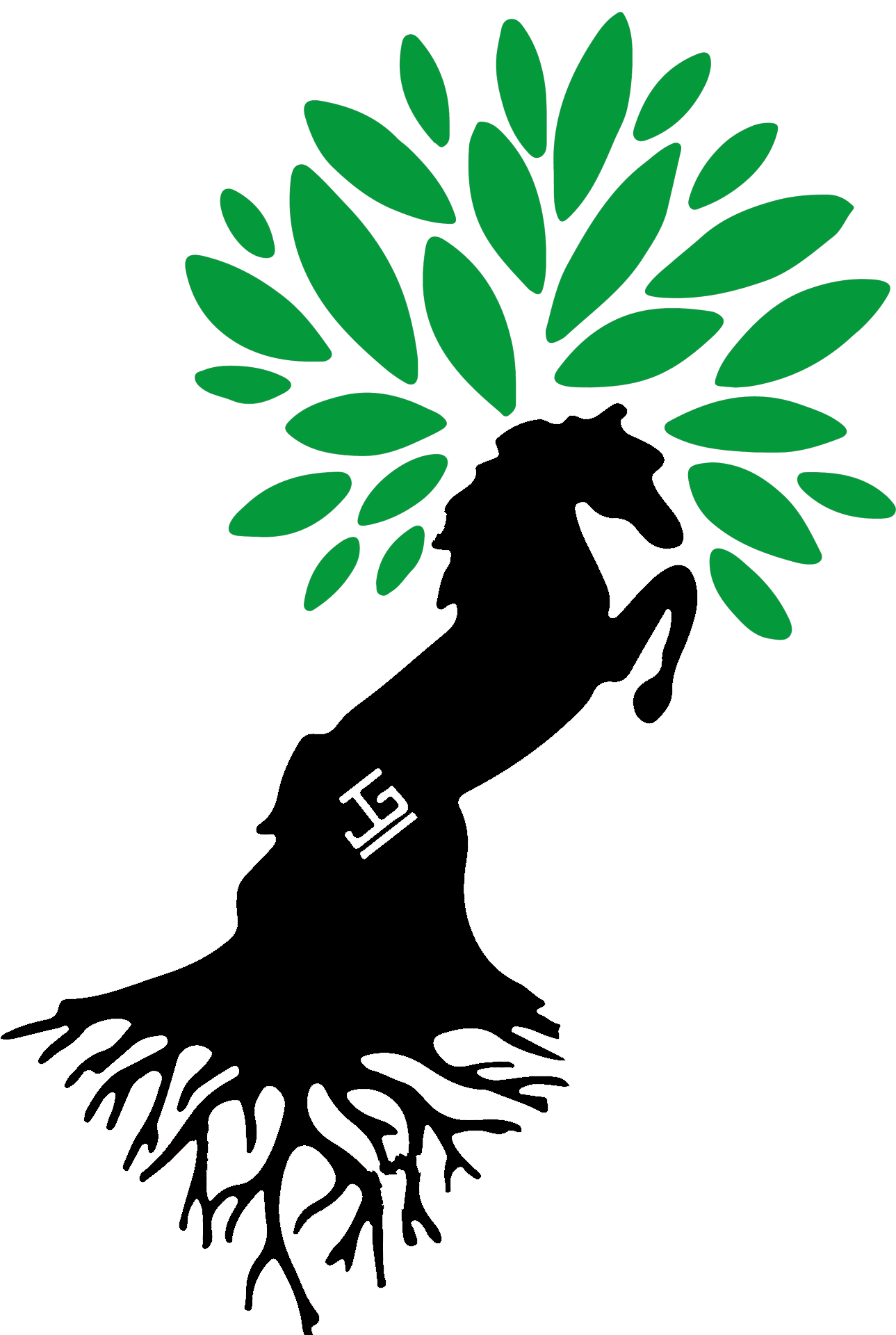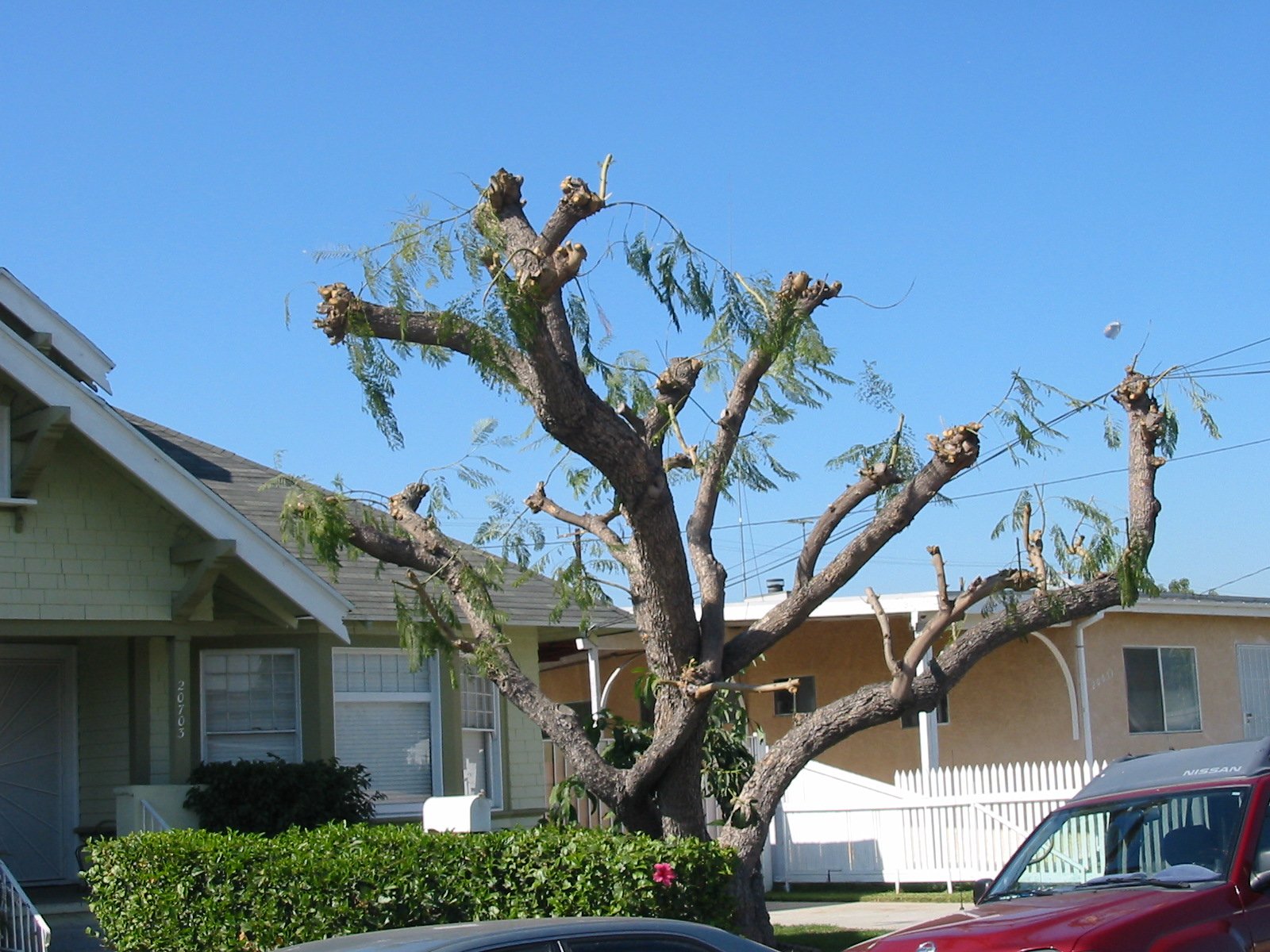Tree Topping Services | JLG Tree Service
Los Angeles County & Ventura County
Welcome to the world of tree topping services! As an experienced arborist dedicated to tree care, I'm excited to take you on an informative journey through the intricacies of tree topping. Understanding what tree topping involves, its benefits, potential drawbacks, and when to consider it is crucial for anyone looking to maintain healthy and aesthetically pleasing trees. In this comprehensive guide, we will explore the concept of tree topping, its effects on tree growth, the importance of professional expertise, and how to make informed decisions about tree topping services. Let's delve into the world of tree topping and uncover its nuances.
Understanding Tree Topping
Defining Tree Topping: Tree topping, often referred to as tree pollarding or heading, is a pruning practice that involves the removal of a significant portion of a tree's upper canopy. This technique is typically used to reduce the height or spread of a tree, primarily for aesthetic or functional reasons. While tree topping may seem like a straightforward solution, its impact on a tree's health and structure requires careful consideration.
The Purpose of Tree Topping: Tree topping serves various purposes, including managing the size of a tree, controlling its growth near utility lines, or addressing safety concerns. It can also be employed to enhance a tree's view or to stimulate new growth in certain situations. However, it's important to note that tree topping is a specialized pruning technique that should only be carried out by experienced professionals.
Effects of Tree Topping
Understanding Tree Stress: Tree topping can subject a tree to significant stress. The sudden removal of a large portion of foliage disrupts the tree's natural balance and can lead to a range of negative effects. The tree's ability to produce food through photosynthesis could be compromised, potentially weakening its overall health. As an arborist, I've seen trees struggle to recover from the shock of topping, and it often results in the sprouting of numerous weak and poorly attached branches.
Risk of Decay and Infection: One of the concerning outcomes of tree topping is the increased risk of decay and infection. The exposed cuts become entry points for pests and diseases, posing a threat to the tree's long-term vitality. Decay can spread quickly within the weakened branches, compromising the tree's structural integrity. In my experience, addressing the aftermath of poor tree topping can be a challenging and costly endeavor.
The Importance of Professional Expertise
Consulting with an Arborist: Before considering tree topping, consulting with a arborist is essential. We possess the knowledge and experience to evaluate whether tree topping is a suitable option for your specific situation. We will examine and consider factors such as tree species, health, location, and long-term goals to provide informed recommendations.
Skillful Tree Topping: If tree topping is deemed appropriate, it should be executed with precision and care. A skilled crew worker will strategically select branches to be pruned, ensuring that the tree's health and structural integrity are maintained. Proper cuts and aftercare practices play a crucial role in minimizing the negative effects of topping. Working with a professional like JLG Tree Service ensures that the tree's response to topping is as favorable as possible.
Making Informed Decisions
Considering Alternative Techniques: In many cases, alternative pruning techniques can achieve the desired results without the detrimental consequences of tree topping. Methods such as crown reduction or canopy thinning allow for a more gradual and controlled approach to managing tree size and shape. As an arborist, I encourage exploring these alternatives before resorting to tree topping.
Assessing Long-Term Impact: It's crucial to assess the long-term impact of tree topping on a tree's health and aesthetics. While immediate results may seem satisfactory, the long-lasting effects on the tree's vitality and structure must be carefully considered. Investing in proper tree care techniques that promote healthy growth and development will contribute to the well-being of your trees over time.
Conclusion: Tree topping services, while offering potential benefits, come with significant risks and considerations. As arborists, we emphasize the importance of informed decision-making, professional expertise, and exploring alternative tree care methods. By understanding the complexities of tree topping and its effects, you can make choices that prioritize the health and longevity of your trees. Remember, trees are valuable assets to our environment, and their well-being deserves careful attention and thoughtful care.


